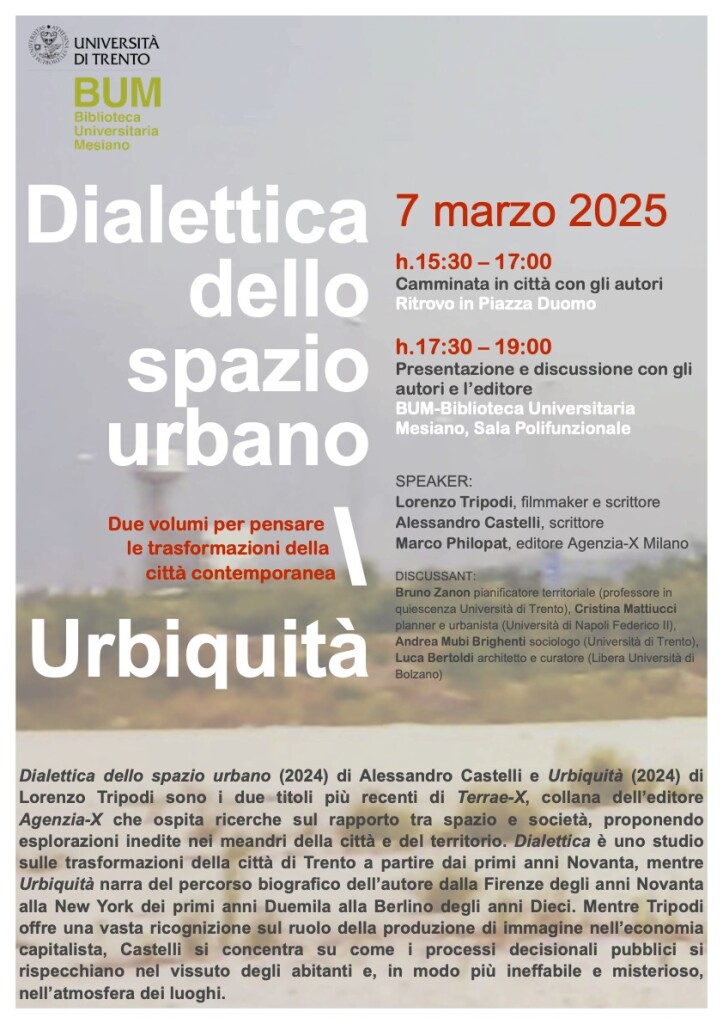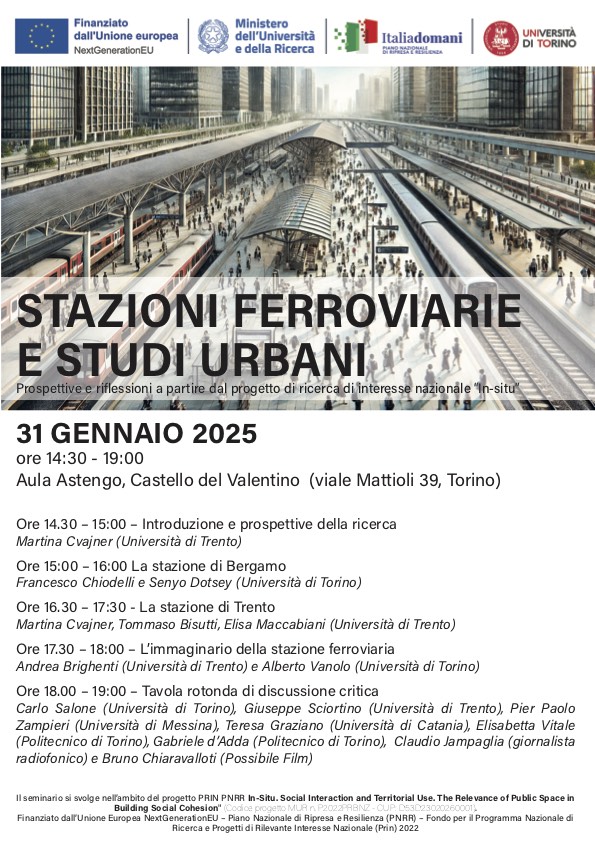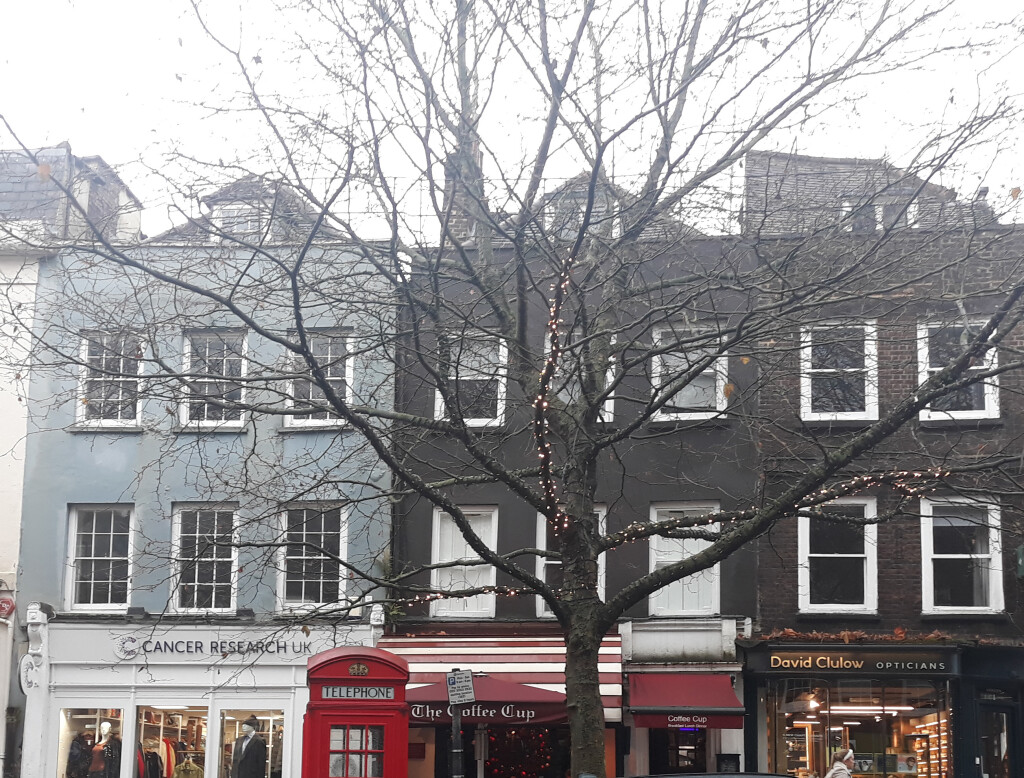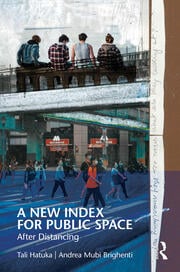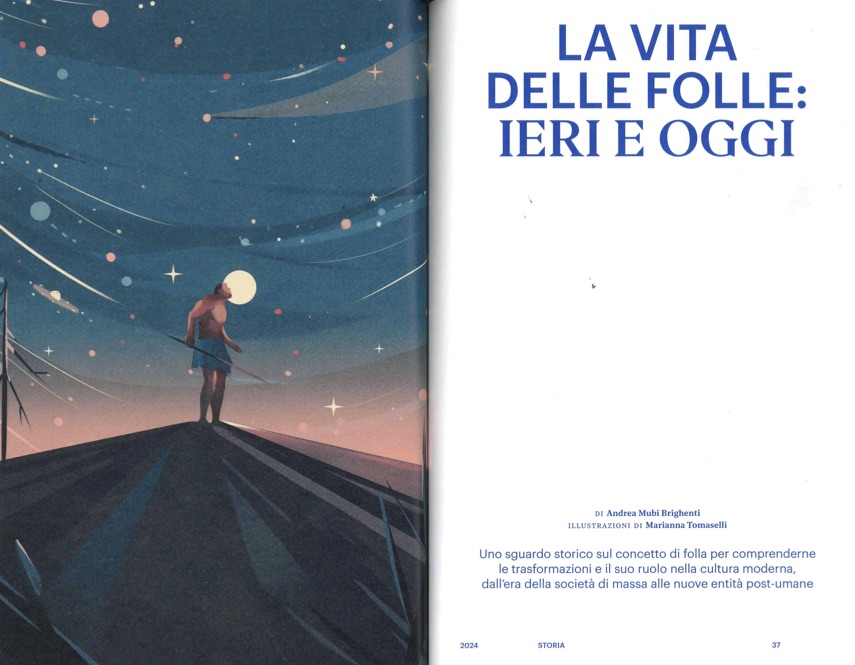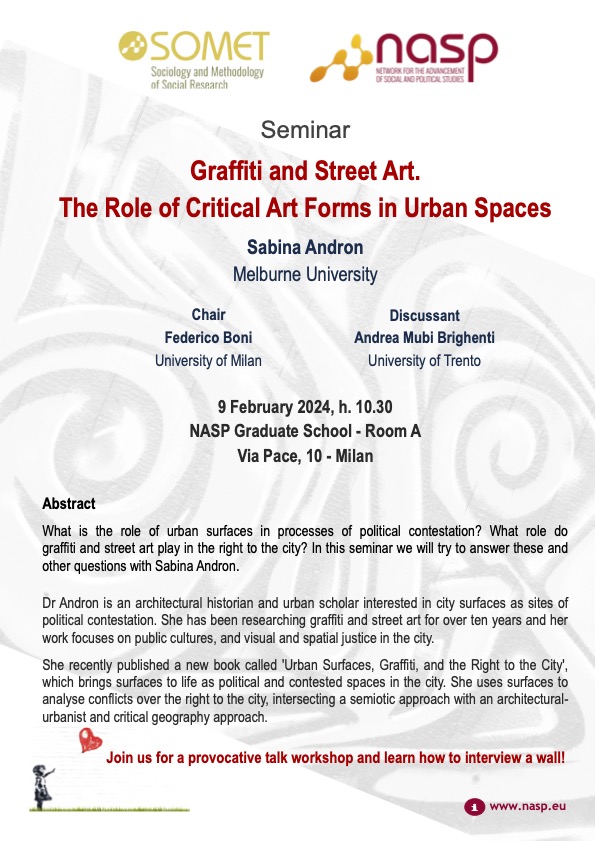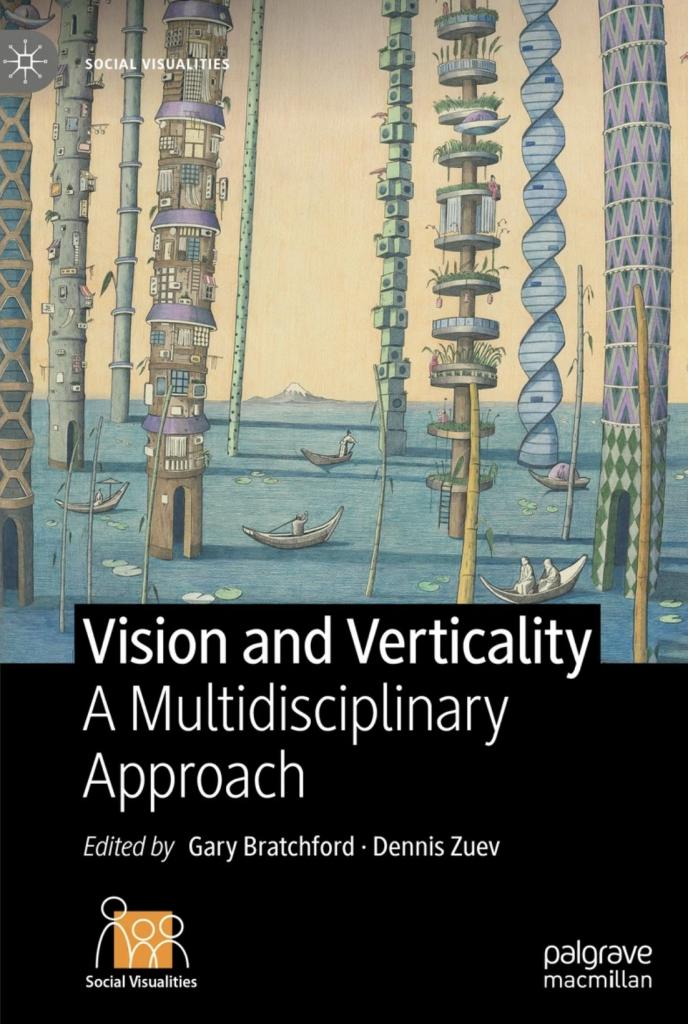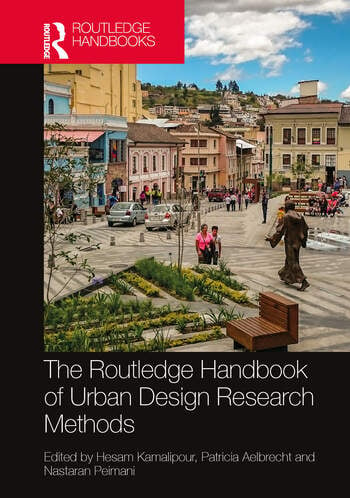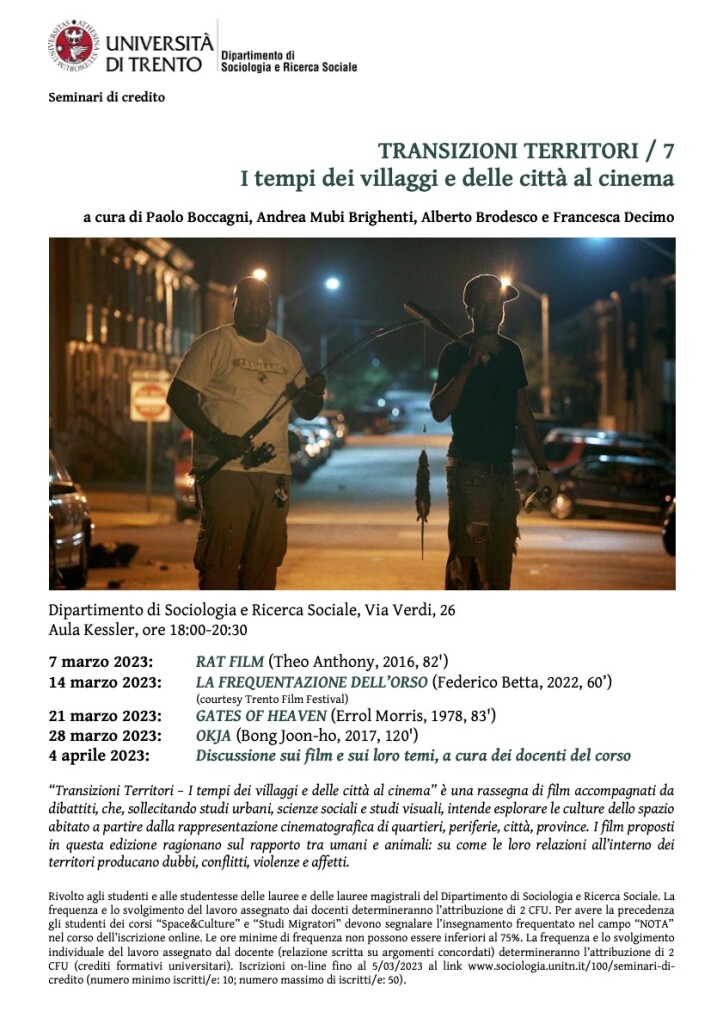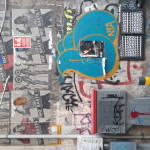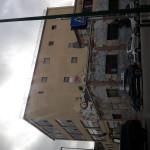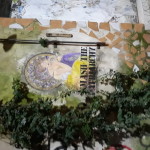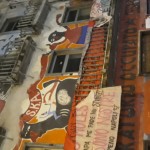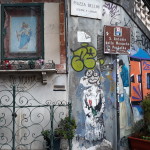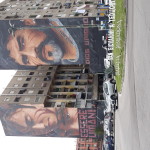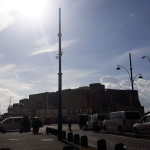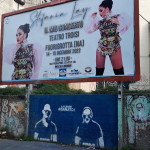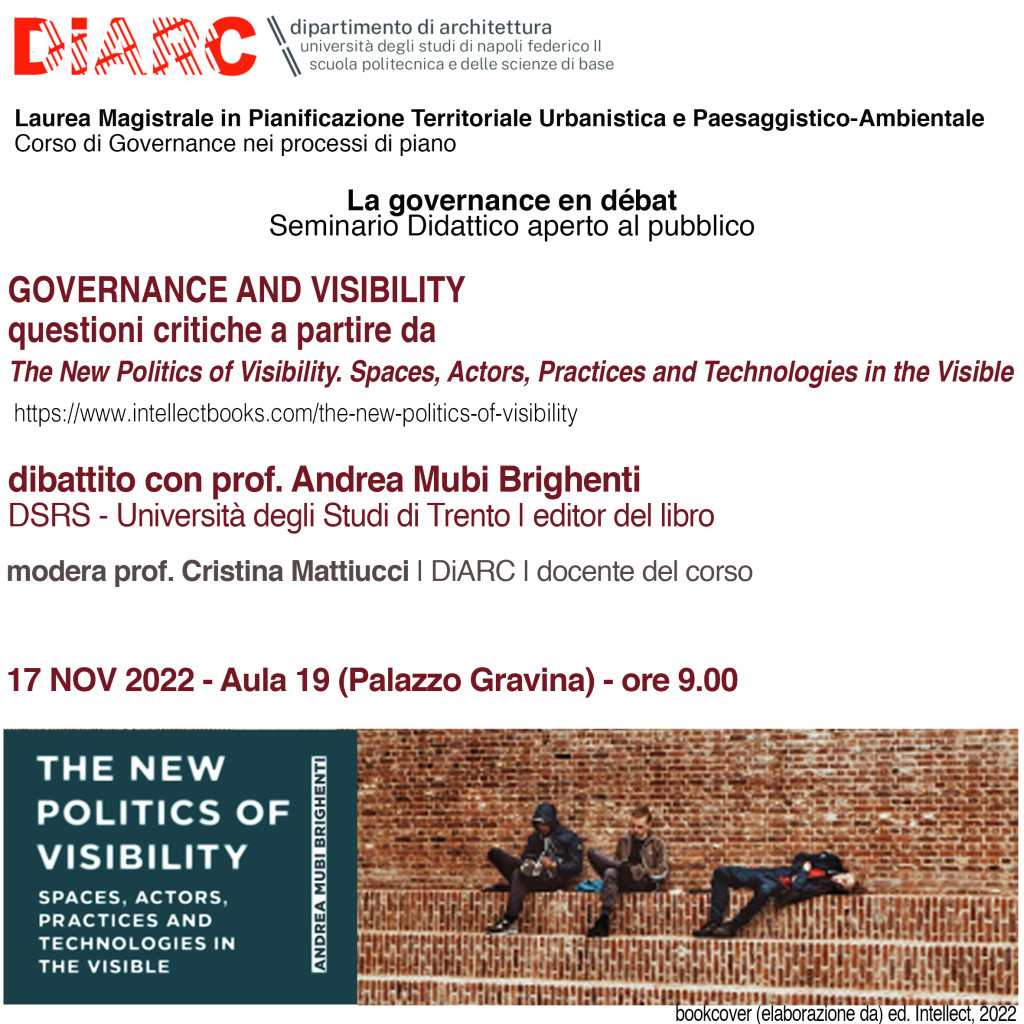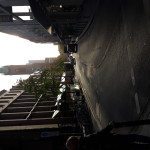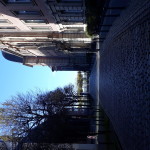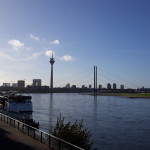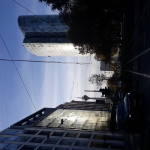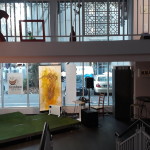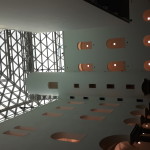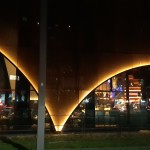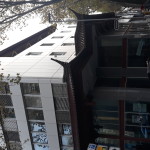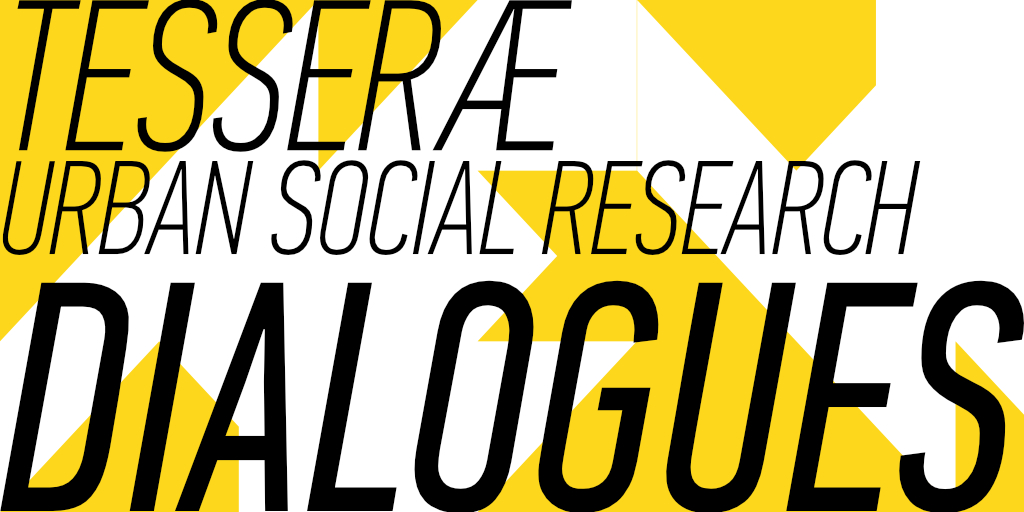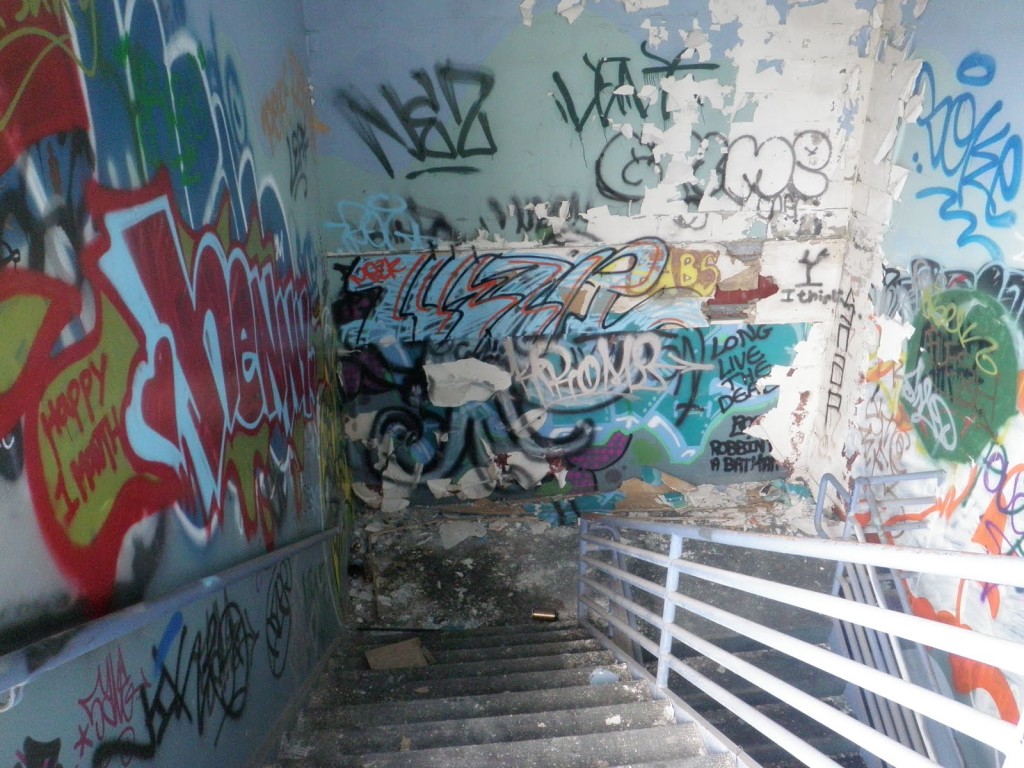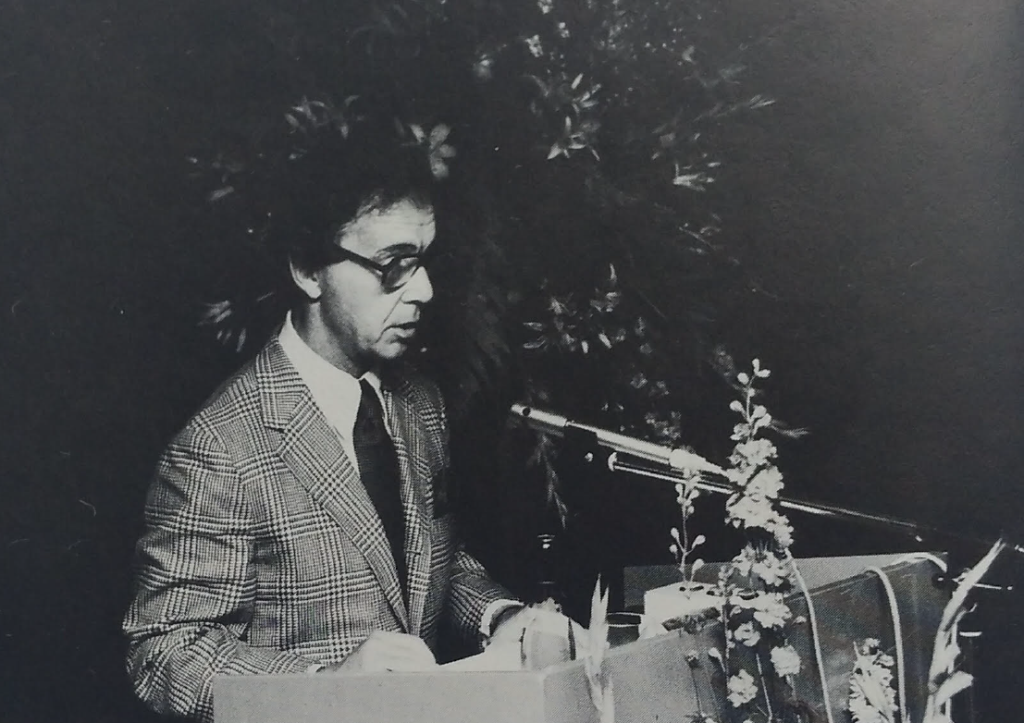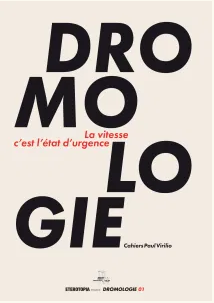Category Archives: urban
Stazioni Ferroviare e Studi Urbani
Breakfast @ The Coffee Cup
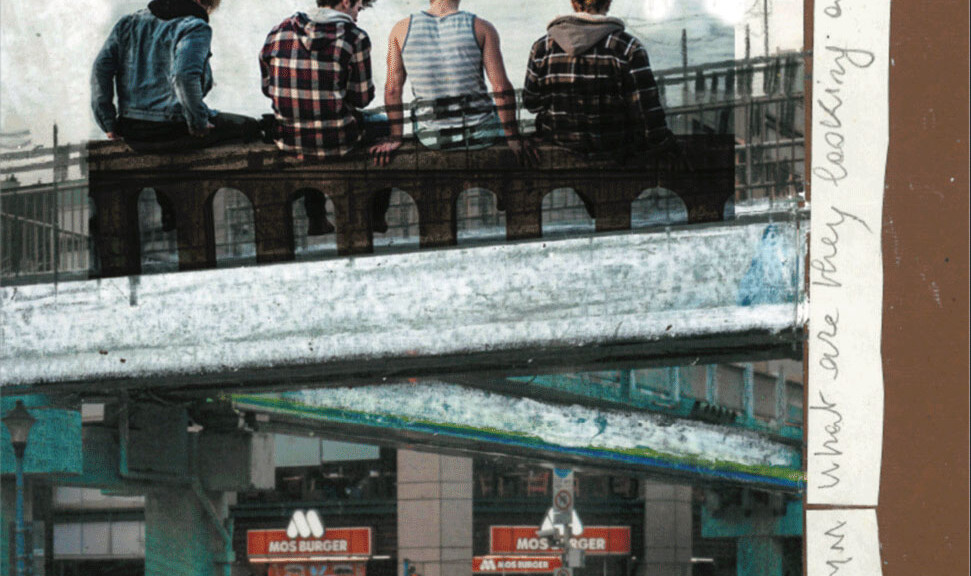
A New Index for Public Space
(with Tali Hatuka)
Out in April 2025 – Now announced at : https://www.routledge.com/A-New-Index-for-Public-Space-After-Distancing/Hatuka-Brighenti/p/book/9781032555836
With four generous endorsements from:
“This erudite and provocative book melds social and political theory with design thinking to produce a new set of terms to understand both the nature and the phenomenology of publicness. Inspired by the challenges of physical distancing that accompanied the global pandemic, the authors show the durability of the public realm while offering new ways to interpret and produce a range of disordered, agonistic, and spatially-situated interactions that will continue to make public spaces the lifeblood of cities.”
Diane E. Davis, Charles Dyer Norton Professor of Regional Planning and Urbanism, Harvard Graduate School of Design
*
“How can we talk about public space and make sense of its continuous mutations in contemporary cities? As the authors suggest, we need to explore patterns of experience and affect along with efforts to conceptualize sociospatial crises. This book is an inventive and highly successful experiment in analyzing publicness that offers to city dwellers and planners alike an index of terms to be used in thinking about city life as a multifarious set of realities and possibilities.”
Stavros Stavrides, Professor of Architectural Design and Theory, School of Architecture, National Technical University of Athens
*
“Triggered by the contemporary challenges and appreciation of the post-pandemic future of urban space the authors continue the quest to understand and assess public space. Through a new index they introduce us to a series of fresh and inspiring methods and prompts that traverse disciplinary boundaries and help explore the experiential and phenomenological dimensions of public space. The book is a welcome addition that introduces researchers, teachers, and students in the built environment and social science disciplines to innovative ways of examining the future of public space and eventually to show new ways to “read” the city.”
Vikas Mehta, Fruth/Gemini Chair, Ohio Eminent Scholar of Urban/Environmental Design, and Professor of Urban Design, University of Cincinnati
*
“This is a playful book on how public space negotiates distance and propinquity amongst human and nonhuman bodies. It is a truly exciting cornucopia of affects, memories and desires that crisscross one another like a boardgame. But like most good boardgames, here too there is wisdom, depth and astute observation of all the things that compose ourselves and our lives. The authors have managed the impossible: to create an intensely visual, lyrical, ludic net of possibilities about our post-Covid world in way that is both celebratory and cautionary, visionary and sobering. In many ways, through its innovative form, its collaborative process of writing, and its ground-breaking content, this book opens up an entirely new way of being in public. This is a fundamentally beautiful and useful book.”
Andreas Philippopoulos-Mihalopoulos, Professor of Law & Theory, University of Westminster, UK; Artist and Fiction Author
Review of “Tracks and Traces” by Peter Bengtsen
Station to Station – lo Squaderno 69 – out now
Co-edited with Alberto Brodesco & Carlo Brentari
Chek it out at : https://www.losquaderno.net/?p=2409
La vita delle folle: ieri e oggi
A seminar with Sabina Andron
Seeing in Verticality: From ‘Vertical Gaze’ to ‘Figuring Out’ (with Andrea Pavoni)
Now out in Gary Bratchford, Dennis Zuev (Eds) Vision and Verticality. A Multidisciplinary Approach. Berlin: Springer. ISBN: 9783031398834.
Public Space and the Study of Urban Territories
An online seminar to be given on Thursday 07 December 2023 Time: 12:30-13:30 (UTC+00:00 – Dublin, Edinburgh, Lisbon, London.)
Abstract:
In this lecture, Professor Brighenti seeks to introduce territoriology as a research approach and a sensitivity that can be applied to the study of public space. He explores the intersection between social theory, ethnography, human geography and design as helpful to study territorial productions in the making. Each territory is shaped by imaginational and figurational forces of social life as they get incorporated into a set of materials. Starting from this assumption, he would like to illustrate a few cases and possible applications in the field of urban studies.
To get the Zoom link, pls contact ARCHI Research <ARCHI-research@cardiff.ac.uk>
Goffman Back in Town – Lecture
A lecture based on my paper co-authored with Andrea Pavoni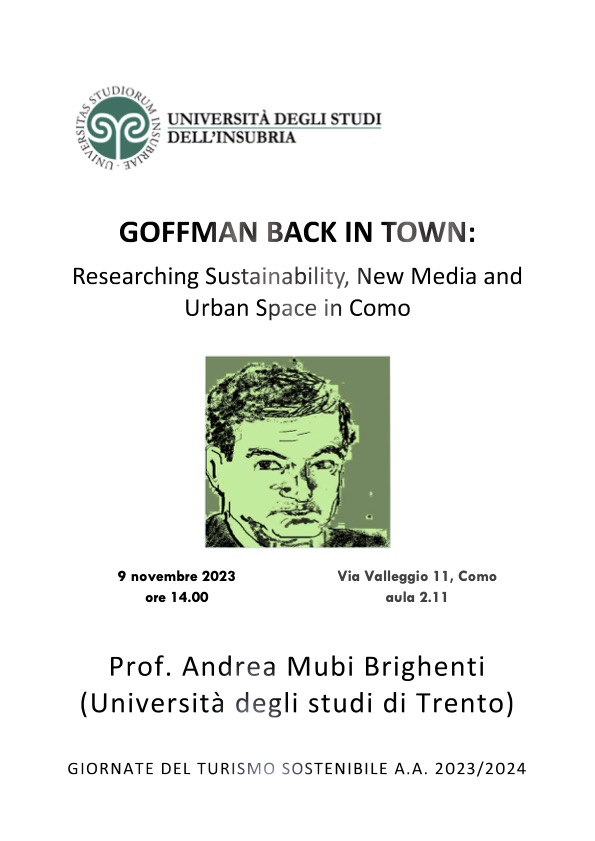
Territoriology and the study of public place – a short intro (w/ Mattias)
Transizioni Territori 7
Tempi e percezioni delle trasformazioni urbane
Glad to guest-feat with an interview in Emanuela Schir’s new book:
Paesaggi di margine. Strategie progettuali per leggere e trasformare il paeaggio
https://www.tsm.tn.it/pubblicazioni-libri/paesaggi-di-margine
A Walk in Naples
With many thanks to Cristina for touring me around.
Visibilità e Governanza
A walk in Düsseldorf
My Review of Dominik Bartmanski’s «Matters of Revolution» (2022)
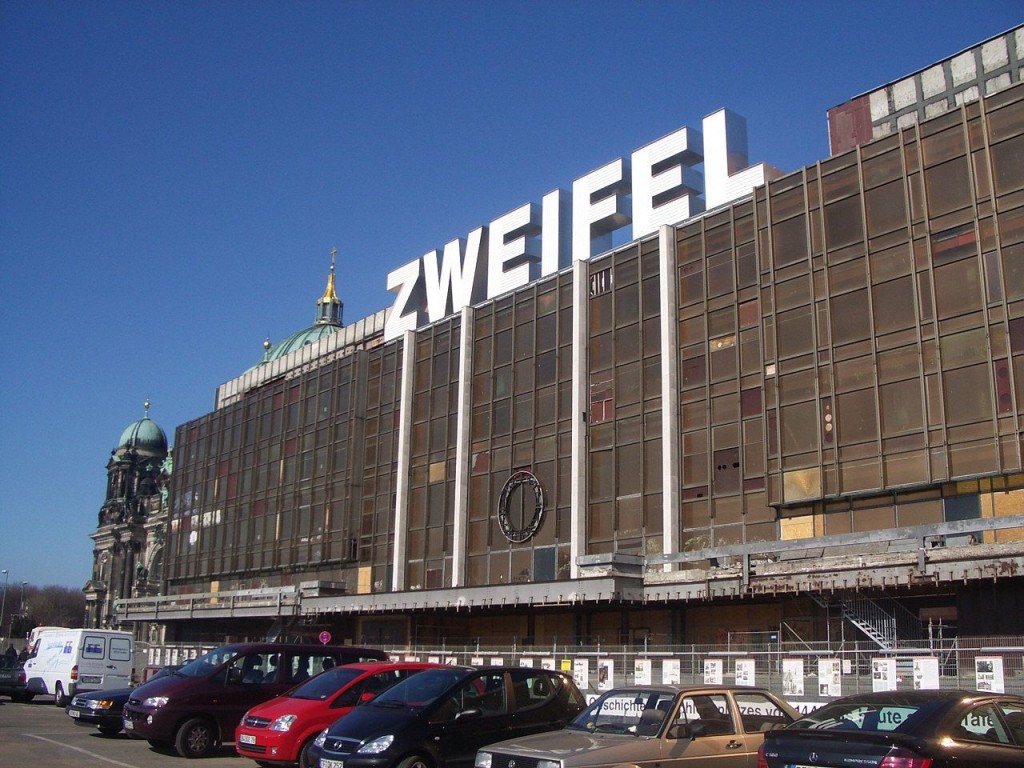
Online here : https://www.tandfonline.com/doi/full/10.1080/23254823.2022.2125730
Archived here
Tesserae Dialogues – Tuesday 20 September, 9pm
Happy to join a Tesserae Dialogues online, with Stavros, Laura & Lorenzo:
http://www.tesserae.eu/tesserae-dialogues-7-stavros-stavridis-and-andrea-mubi-brighenti/
Register free at https://www.eventbrite.com/e/tesserae-dialogues-7-stavros-stavridis-andrea-mubi-brighenti-tickets-419499824267
Les aventures du graffiti dans les villes – Commentaire
A discussion of Julie Vaslin’s book Gouverner les graffitis (2021). Published in metropolitiques: https://metropolitiques.eu/Les-aventures-du-graffiti-dans-les-villes.html
That side of the city – New Playlist !
IL FASCINO DISCRETO DELL’INTERSTIZIO URBANO – review essay
Goffman back in town. New relations in public
Co-authored with Andrea Pavoni
Published in Etnografia e Ricerca Qualitativa / Ethnography and Qualitative Research
05-Brighenti-Pavoni-Goffman-Back
S.I. Erving Goffman’s first 100 Years edited by Pier Paolo Giglioli– https://www.rivisteweb.it/issn/1973-3194
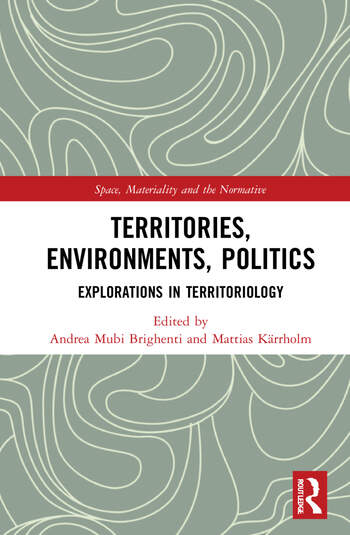
Territories, Environments, Politics: Explorations in Territoriology
Our new Edited Collection now announced :
Territories, Environments, Politics
Explorations in Territoriology
La vitesse au pouvoir – Cahiers Paul Virilio
Happy to be included in Dromologie 01, a new journal of Virilio studies.
+info | http://www.eterotopiafrance.com/catalogue/la-vitesse-cest-letat-durgence/
my hosted piece in pdf | Brighenti 2021 la vitesse au pouvoir
